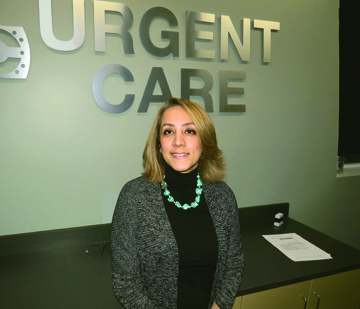by Shideh Kerman, BS, MBA
Analysis released by the Kaiser Family Foundation in August found that most proposed healthcare premiums in different states that participated in the study show an increase in premiums for 2018.
The research looked at proposed premiums across major metropolitan areas in 20 states and Washington, D.C. Overall, they found that 15 of those states will see increases of a minimum of 10 percent or more next year. For plans on the individual market, the average proposed premium increase across all companies is about 27 percent. The cost of employer-sponsored coverage is expected to rise about 7 percent next year.
So the amount of the increases in premiums will depend on whether the healthcare plan is offered through the individual market or employer.
The healthcare plans on the individual market are for people who do not get their health insurance through employers. About 10 million people who buy policies through HealthCare.gov and state-run markets are potentially affected, as well as another 5 to 7 million who purchase individual policies on their own. In the state of Colorado, it will be roughly 120,000 people who shop for health insurance in the individual market.
The reason for the increase of these proposed premiums is that insurers are not certain how Congress will change the scope of benefits they must offer through their plans. In other words whether the government will continue to mandate that individuals be insured or continue to subsidize insurers that take on high-risk individuals through cost-sharing reductions in 2018.
Some lawmakers want to offset the cost of the subsidies, estimated at $7 to $10 billion next year, perhaps by cutting other health programs. Moreover, many Republicans criticize the subsidies as a bailout for insurers, and say they will not provide the funds unless Congress also takes steps to reduce insurance costs and cut back federal regulation of the industry.
Consumers in the government-sponsored individual markets can dodge the hit with the help of tax credits that most of them qualify for to help pay premiums. Non-government sponsored consumers could pay full price. Many are self-employed business owners.
The ongoing political turmoil for people who buy individual health insurance stands in sharp contrast to the relatively calm and stable process for most Americans with coverage through large employers, who will only face single-digit increases. The cost of employer-sponsored coverage is expected to rise around 7.46 percent next year, which are averages across all plans and states.
The 2018 premium prices have been the subject of anticipation — and worry — for months. But remember that these are only what the insurers have requested and are not yet finalized. The insurers must justify their premiums to the Division of Insurance.
All theses uncertainties led to the CMS [Centers for Medicare & Medicaid Services] giving health insurers three more weeks to finalize their 2018 ACA [Affordable Care Act] individual marketplace rates, pushing the deadline to Sept. 5. State regulators have allowed insurers to increase their healthcare premium rates to “account for uncompensated liability that insurers may face for cost-sharing reductions,” the CMS said in a memo.
More detailed information about premiums is offered on CMS website. The plans and requested premiums from the insurance companies, also called filings, are available on the under Division’s “Health Insurance Filings” web page.


